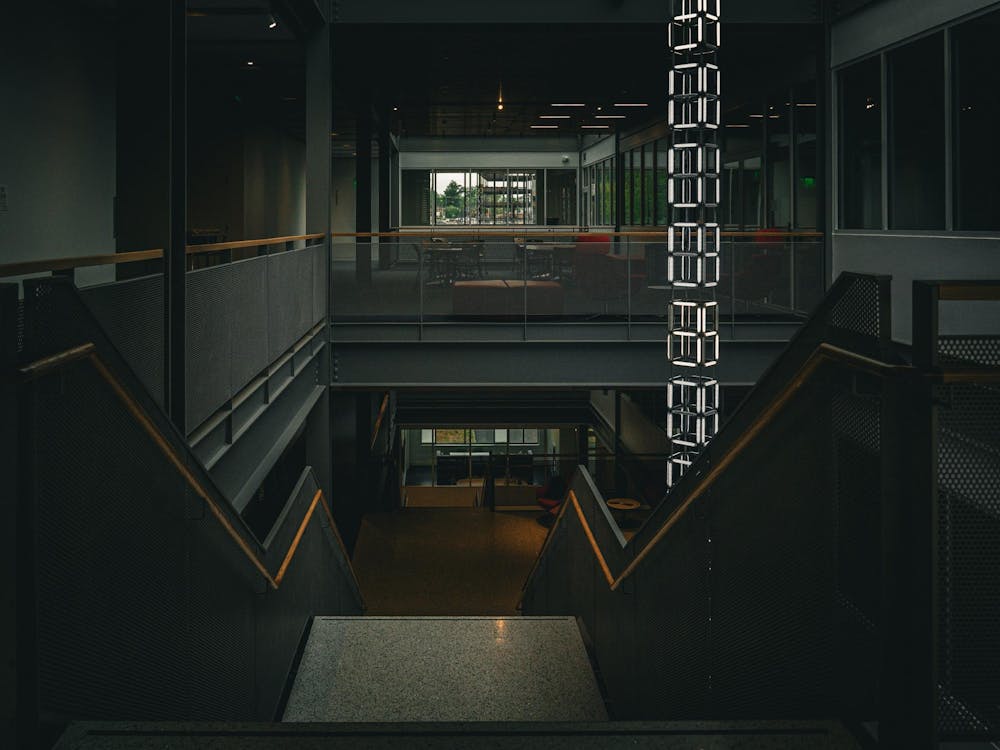The rising cost of attending college is driven partly by universities using students’ tuition and fees to finance non-academic services, such as athletic programs, campus recreation and student housing, according to a report released by the Virginia Joint Legislative Audit and Review Commission. Unlike most Virginian colleges, however, the University does not use student fees as the main funding source for its athletic teams.
Though athletic teams are just one of the many non-academic programs Universities operate to enhance student life, they can be a substantial cost burden to Virginian schools. According to the report, intercollegiate athletic programs in Virginia do not generate enough revenue to cover their expenditures. These costs are offset by relying “heavily on mandatory student fees to subsidize their athletic programs.”
But that trend does not hold as true at the University. On average, athletic programs in the state generate only 31 percent of the revenue necessary to maintain the teams. The University athletics programs self-generate 84 percent of their revenue, high above the state average.
“The story of auxiliary enterprises and their costs at U.Va. largely runs counter to the trends highlighted in the JLARC draft report,” University spokesperson Anthony de Bruyn said in an email.
Christopher Newport University gets a state-low 3 percent of its revenue from athletics, while Virginia Tech leads the state with 89 percent.
“The report also found that with the exception of U.Va. and Virginia Tech, all men’s basketball programs and all football programs ran a deficit in 2011-12,” de Bruyn said.
The University did increase its auxiliary spending in the past 10 years, from $99.9 million in fiscal year 2003 to $150.4 million in fiscal year 2012, according to the report. But de Bruyn said this non-academic spending is necessary to create an enjoyable and meaningful campus experience.
“Auxiliary services are an important part of the fabric of life at universities and colleges,” de Bruyn said. “They also are accompanied by costs, which are partly covered by student fees, among other sources. But they are mostly self-funded.”
Increases such as these — found in higher education institutions throughout the state — stem from four main sources, said Justin Brown, assistant director of JLARC and division chief for the report. The primary factors include capital projects, support staffs’ salaries, athletic scholarships and coaches’ salaries, but Brown also noted the comparatively quickly rising costs of student dining at Virginia universities.
“Most [universities’ costs around the nation] have been increasing,” Brown said of student dining costs. “[But Virginian universities’] rate of growth recently has been faster than compared to other national benchmarks.”
De Bruyn said the rising dining costs at the University, including its “higher-than-average prices for its dining plans,” are attributable to multiple factors.
“[Contributing factors include] maintaining and supporting a dining program that offers a wide variety of choices and options; elevating the quality of the dining program with an emphasis on better-quality food products; and implementing a robust sustainability program that includes purchasing local, organic and fair-trade food products and reusable or compostable disposable ware,” he said.
A final report will come out next fall with conclusions and final recommendations from the five-part study, Brown said.
“We’re doing this as a series,” he said. “The fifth and final report next fall will have bigger picture commentary on what needs to change … [Auxiliary spending costs are] becoming a real concern for people attending these higher institutions.”







